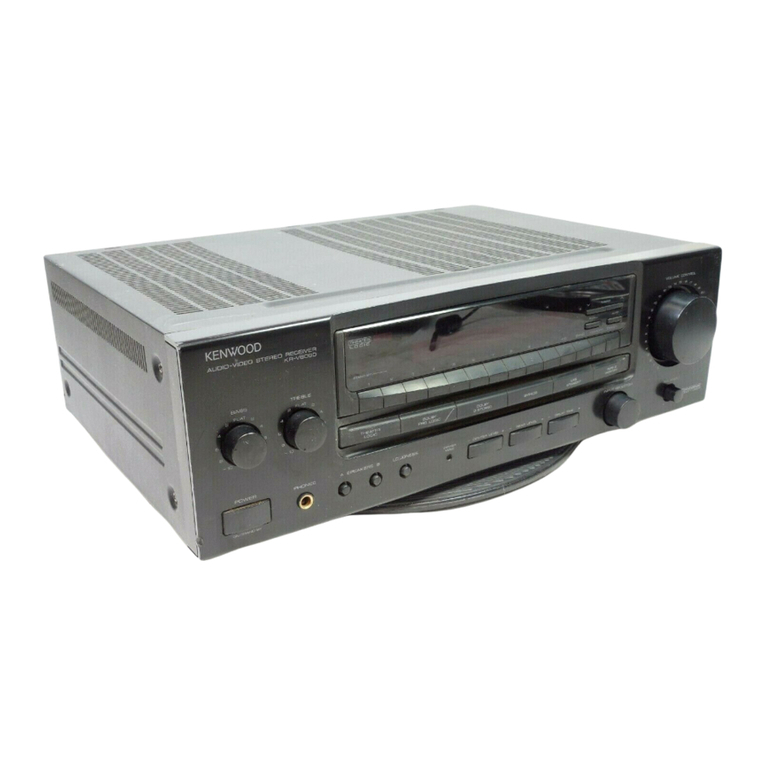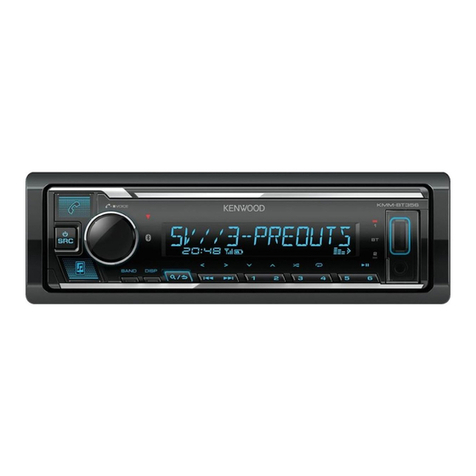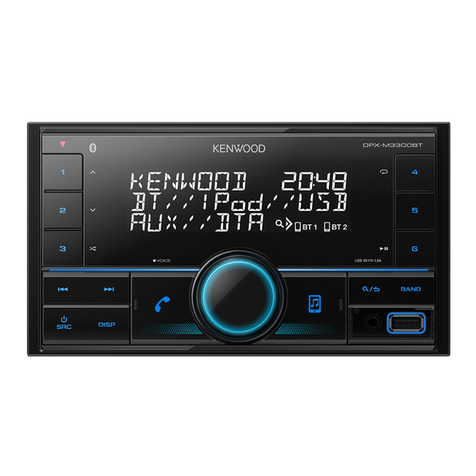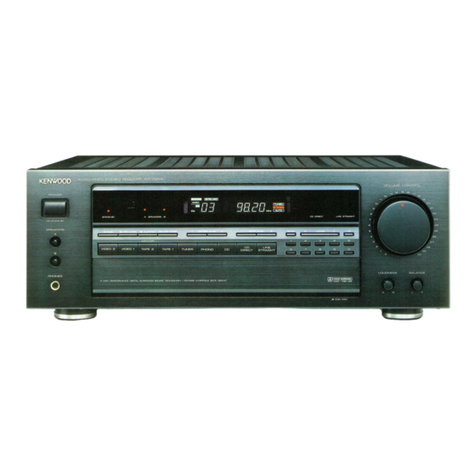Kenwood KR-V7010 User manual
Other Kenwood Receiver manuals

Kenwood
Kenwood KW-V940BW User manual
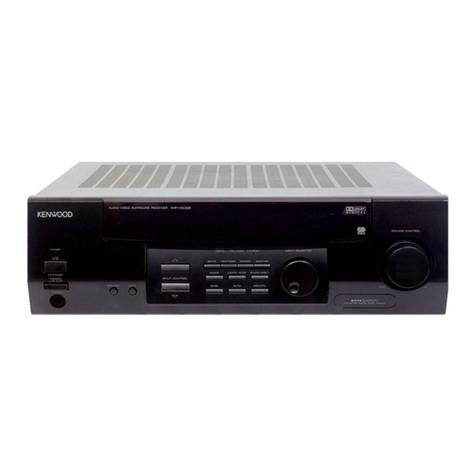
Kenwood
Kenwood KRF-V6030D User manual

Kenwood
Kenwood VR-5900 Sovereign User manual
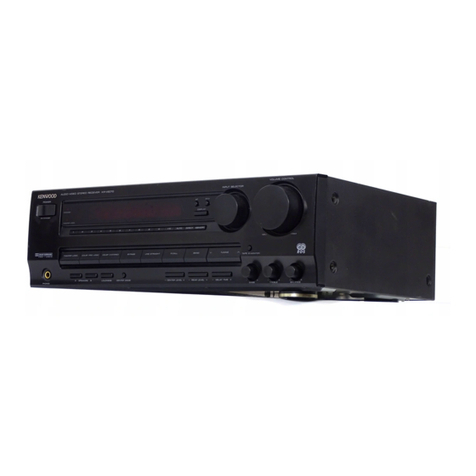
Kenwood
Kenwood KR-V6070 User manual

Kenwood
Kenwood VRS-6100 User manual
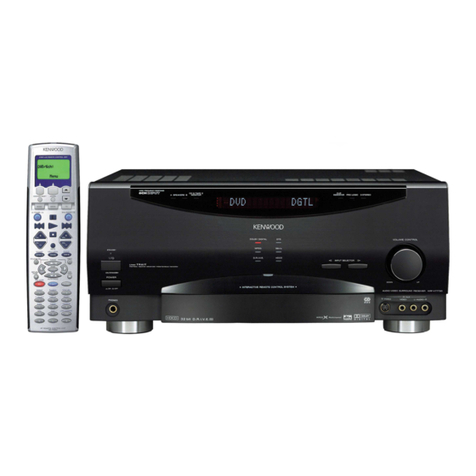
Kenwood
Kenwood KRF-V7773D User manual
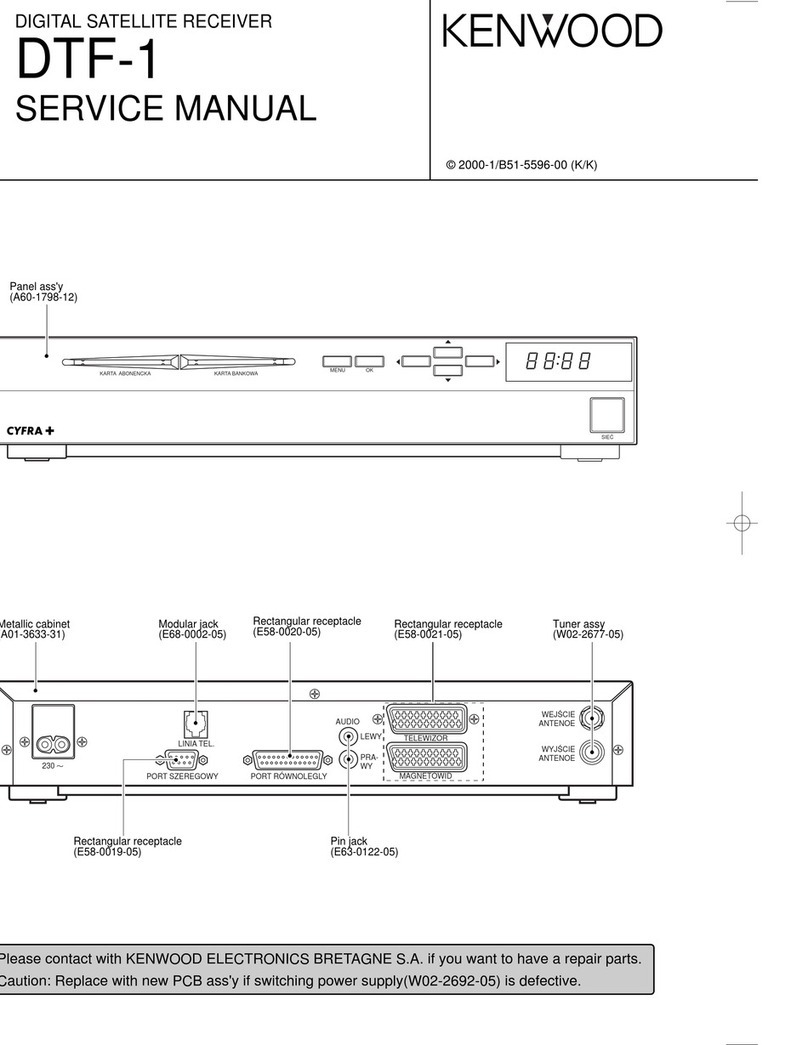
Kenwood
Kenwood DTF-1 User manual

Kenwood
Kenwood Sovereign VR-5080 User manual
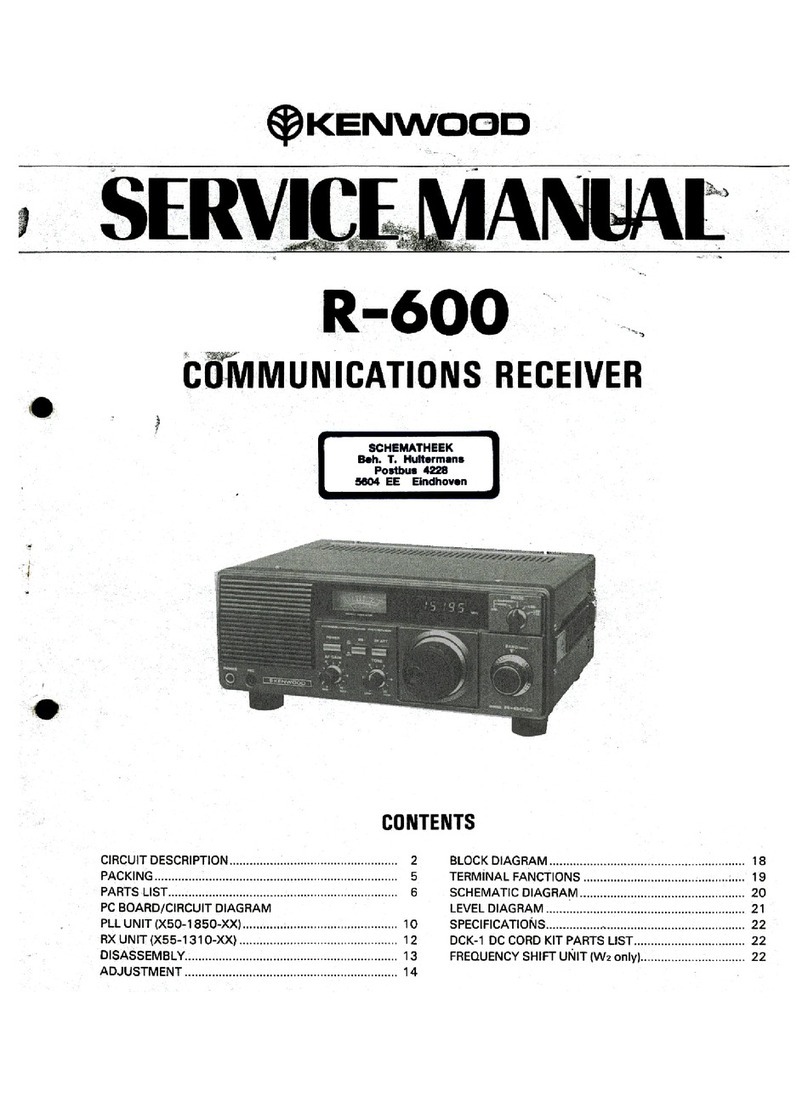
Kenwood
Kenwood R-600 User manual
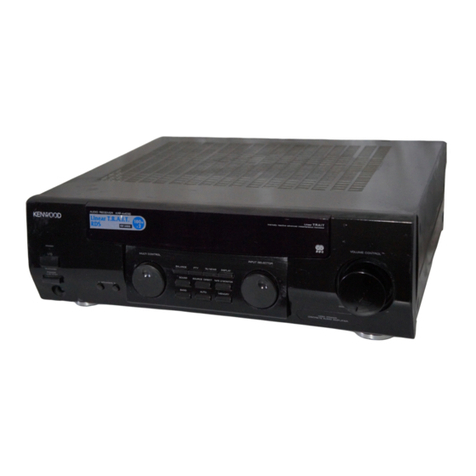
Kenwood
Kenwood AR-404 User manual

Kenwood
Kenwood DDX9904S User manual
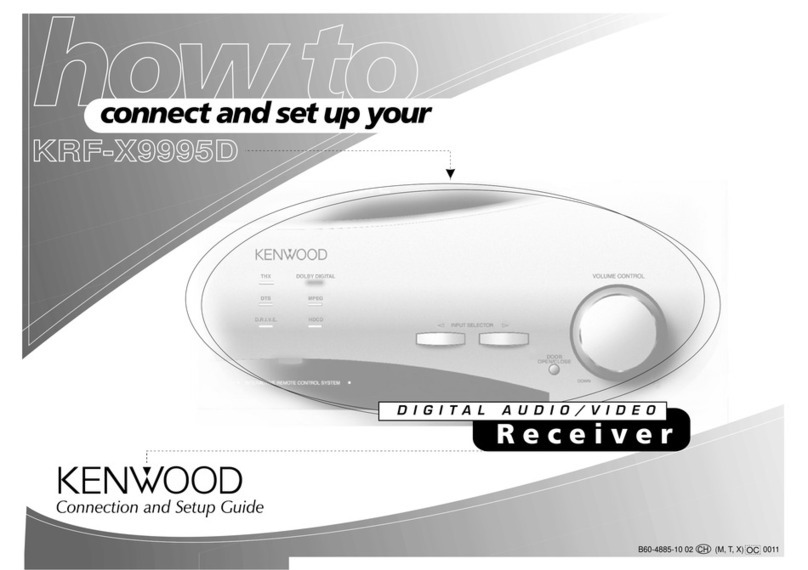
Kenwood
Kenwood KRF-X9995D User manual
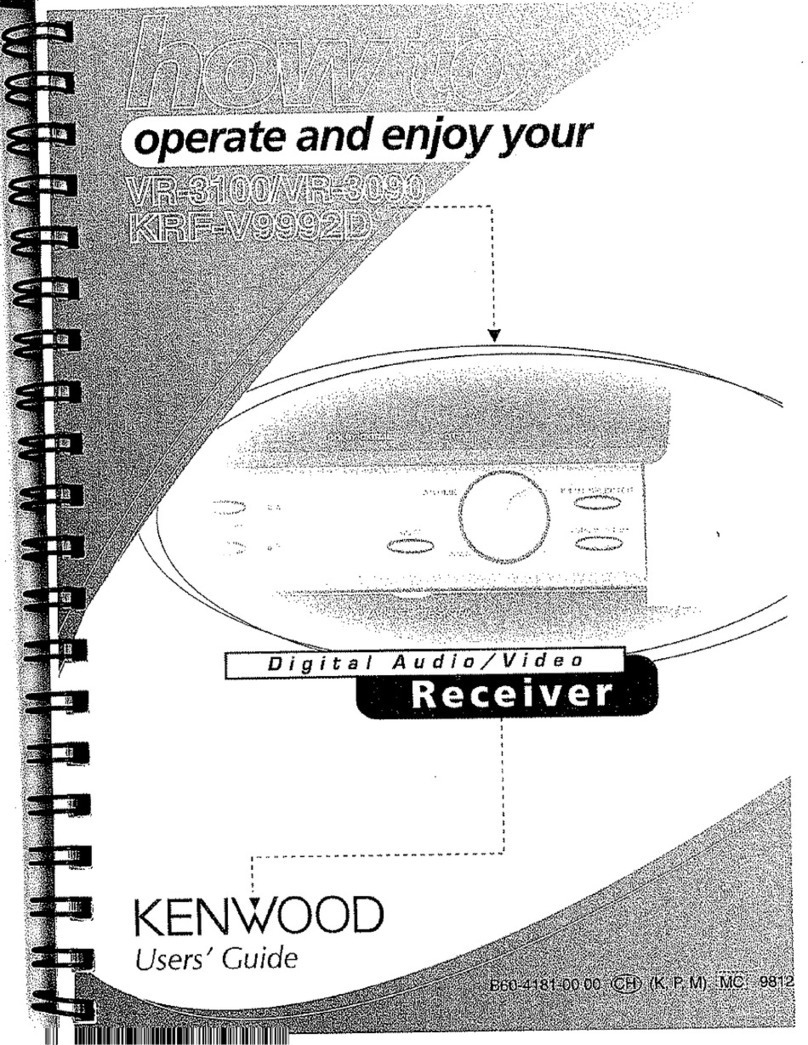
Kenwood
Kenwood KRF-9992D User manual
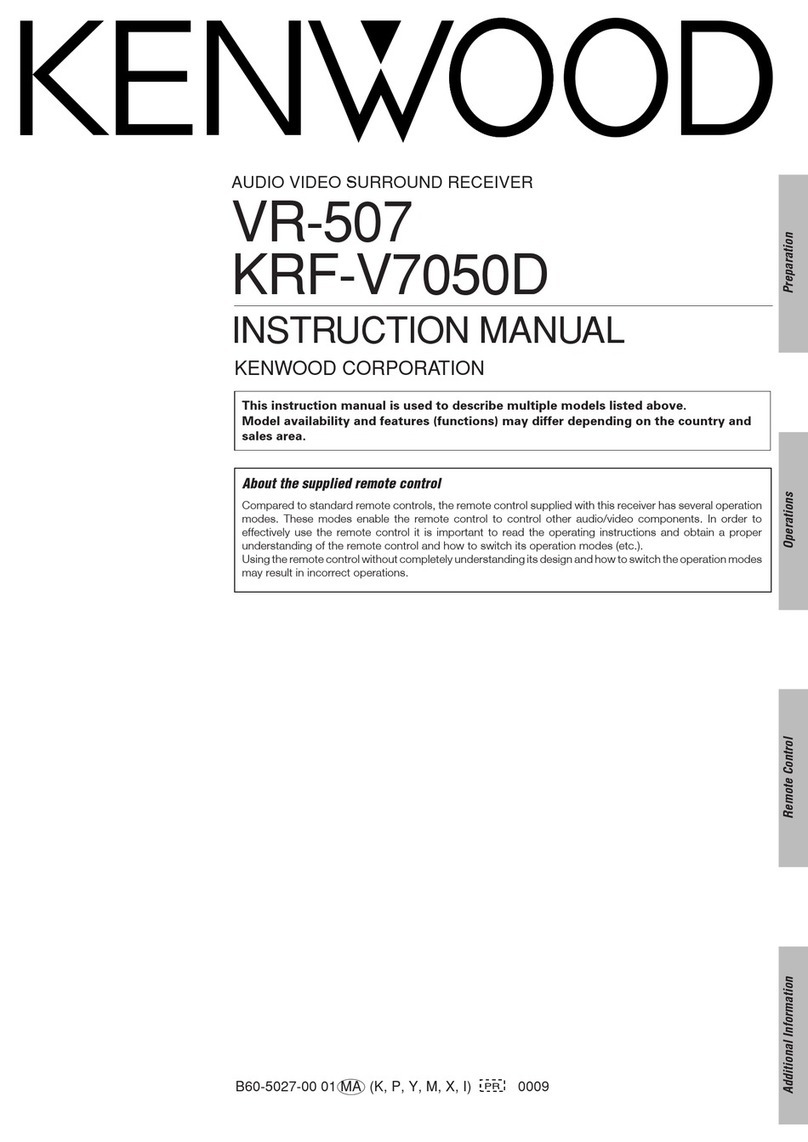
Kenwood
Kenwood 5.1 KRF-V7050D User manual
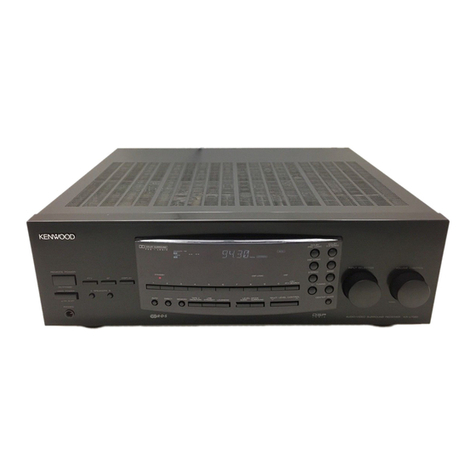
Kenwood
Kenwood KR-V8080 User manual

Kenwood
Kenwood RFU-6100 User manual
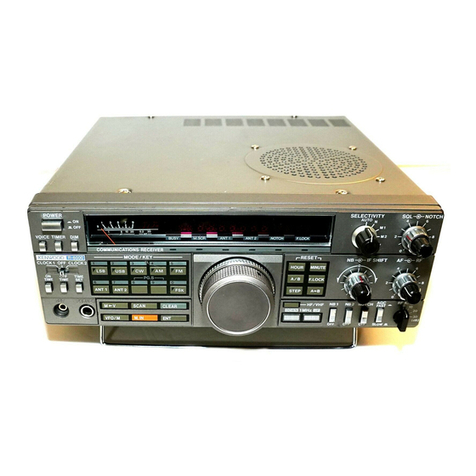
Kenwood
Kenwood R-5000 User manual

Kenwood
Kenwood VR-806 User manual

Kenwood
Kenwood KVT-717DVD User manual
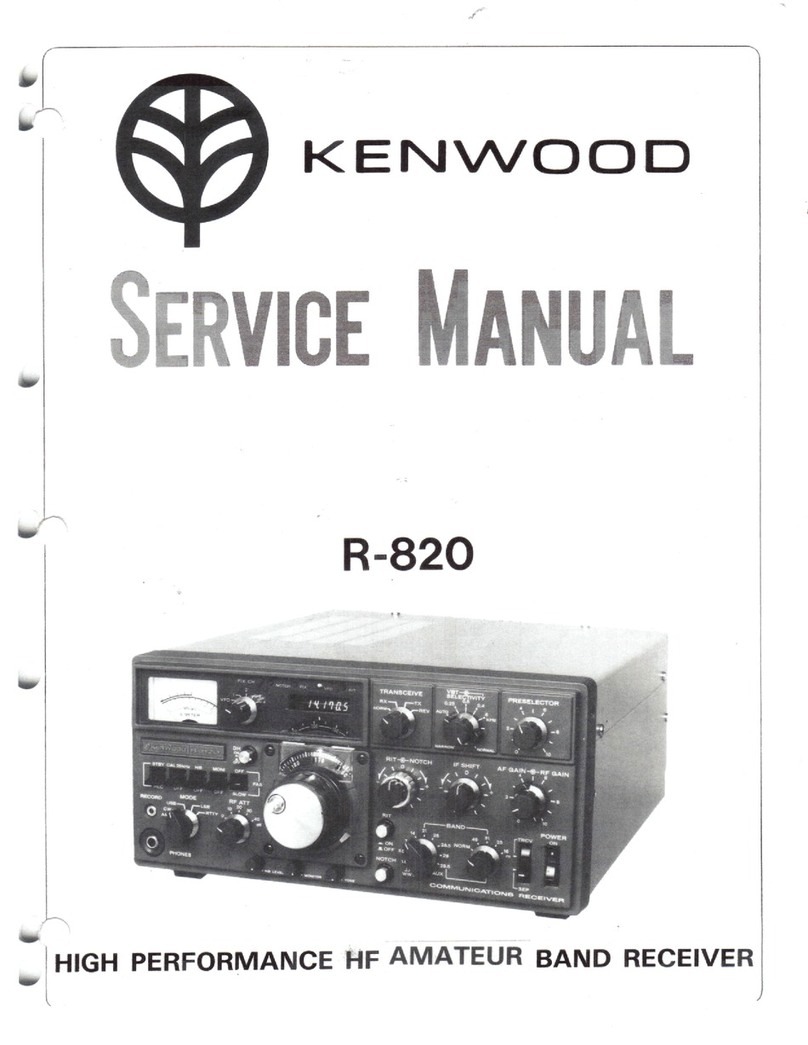
Kenwood
Kenwood R-280 User manual
